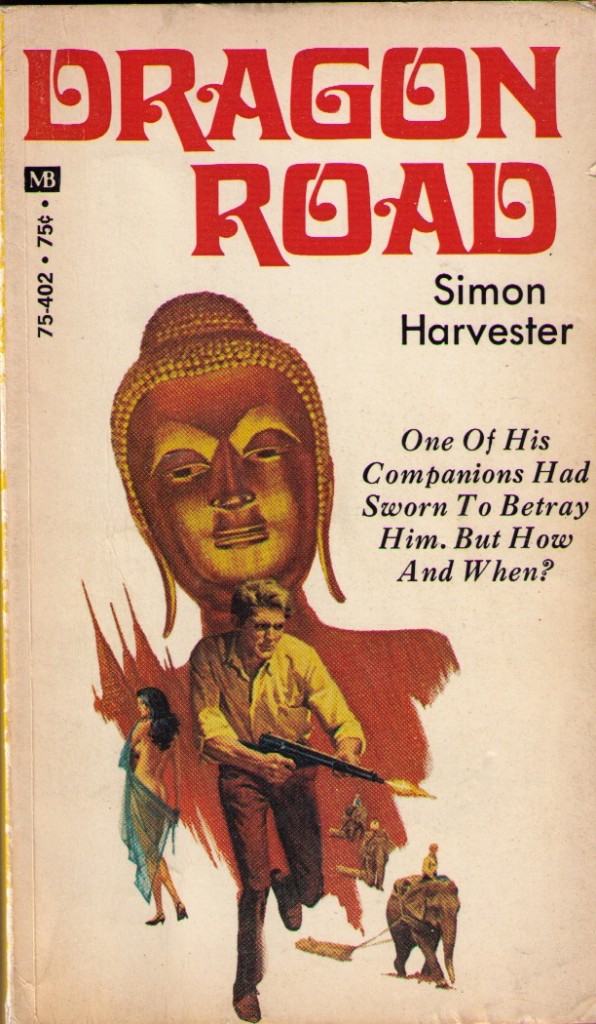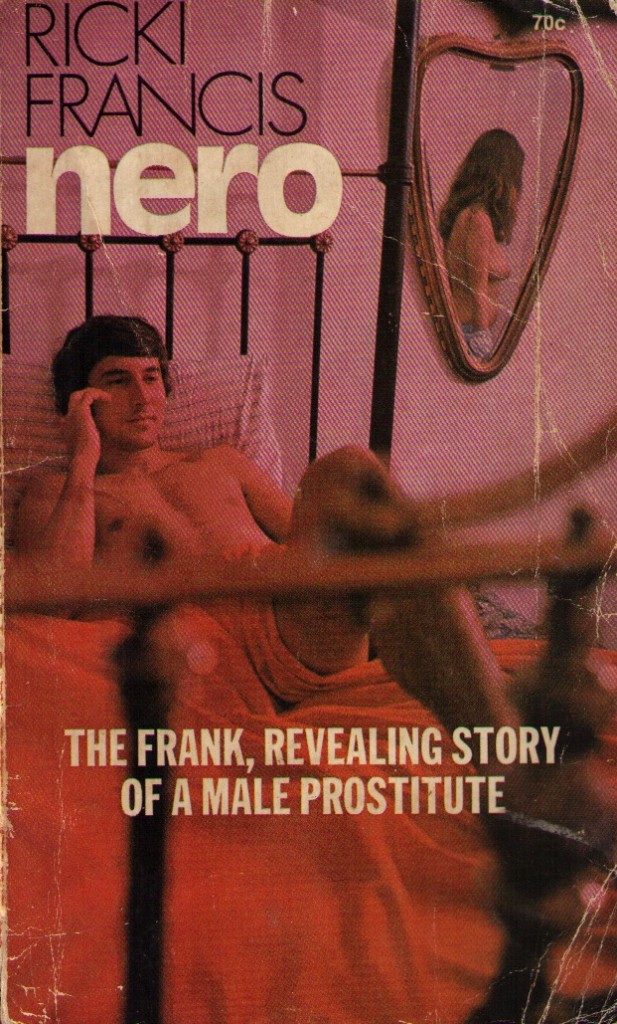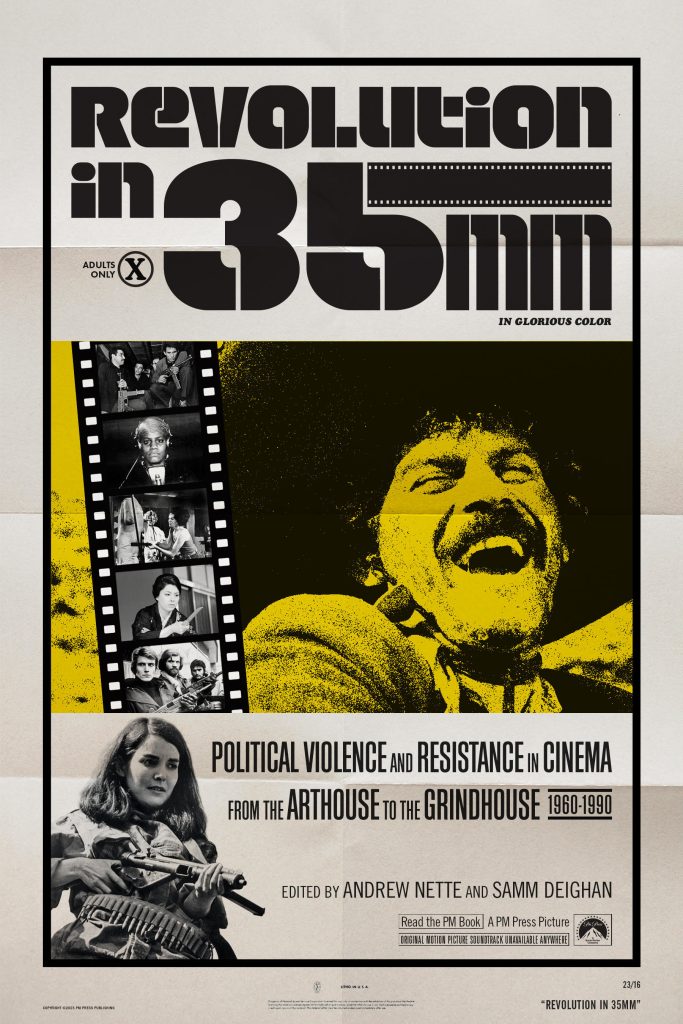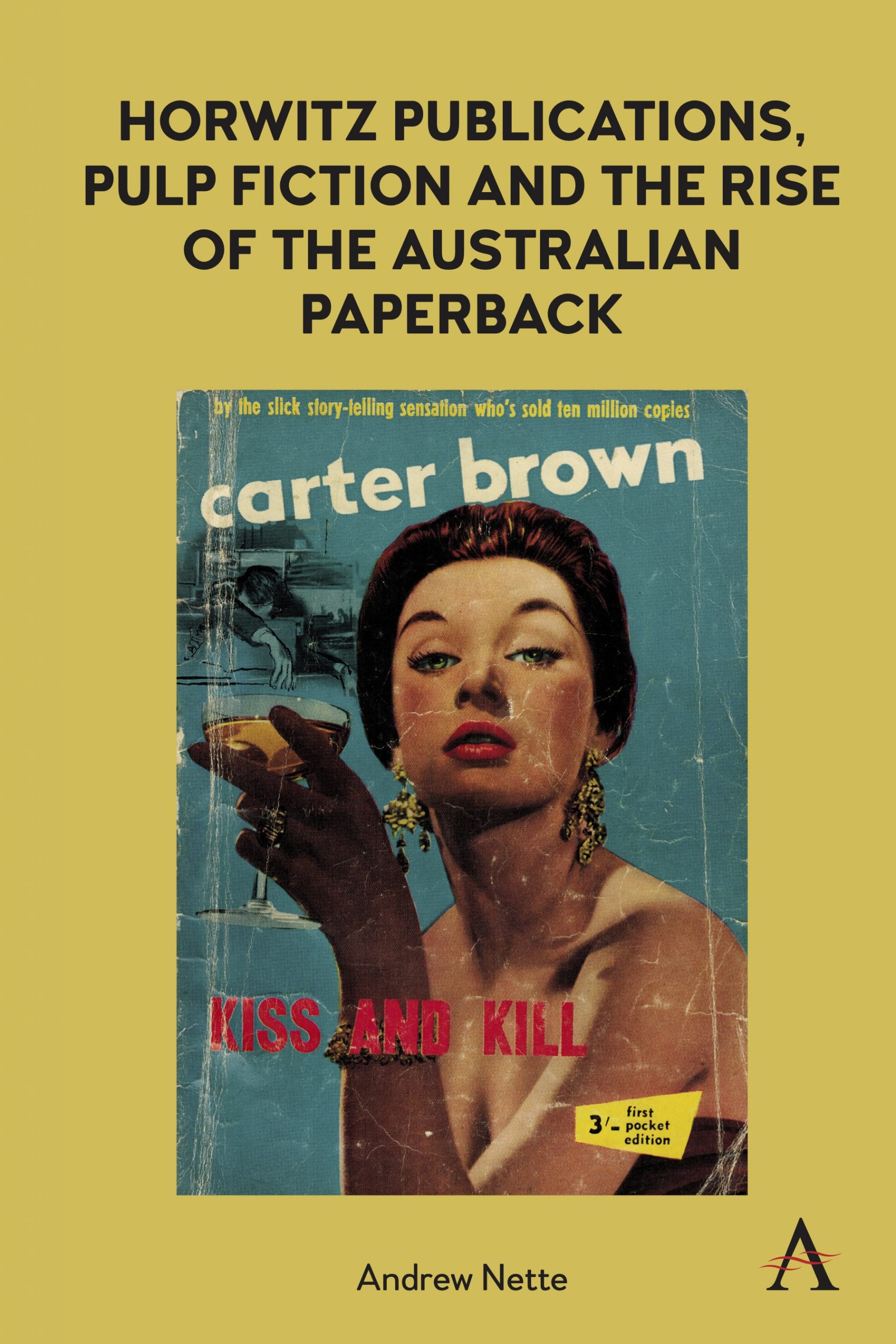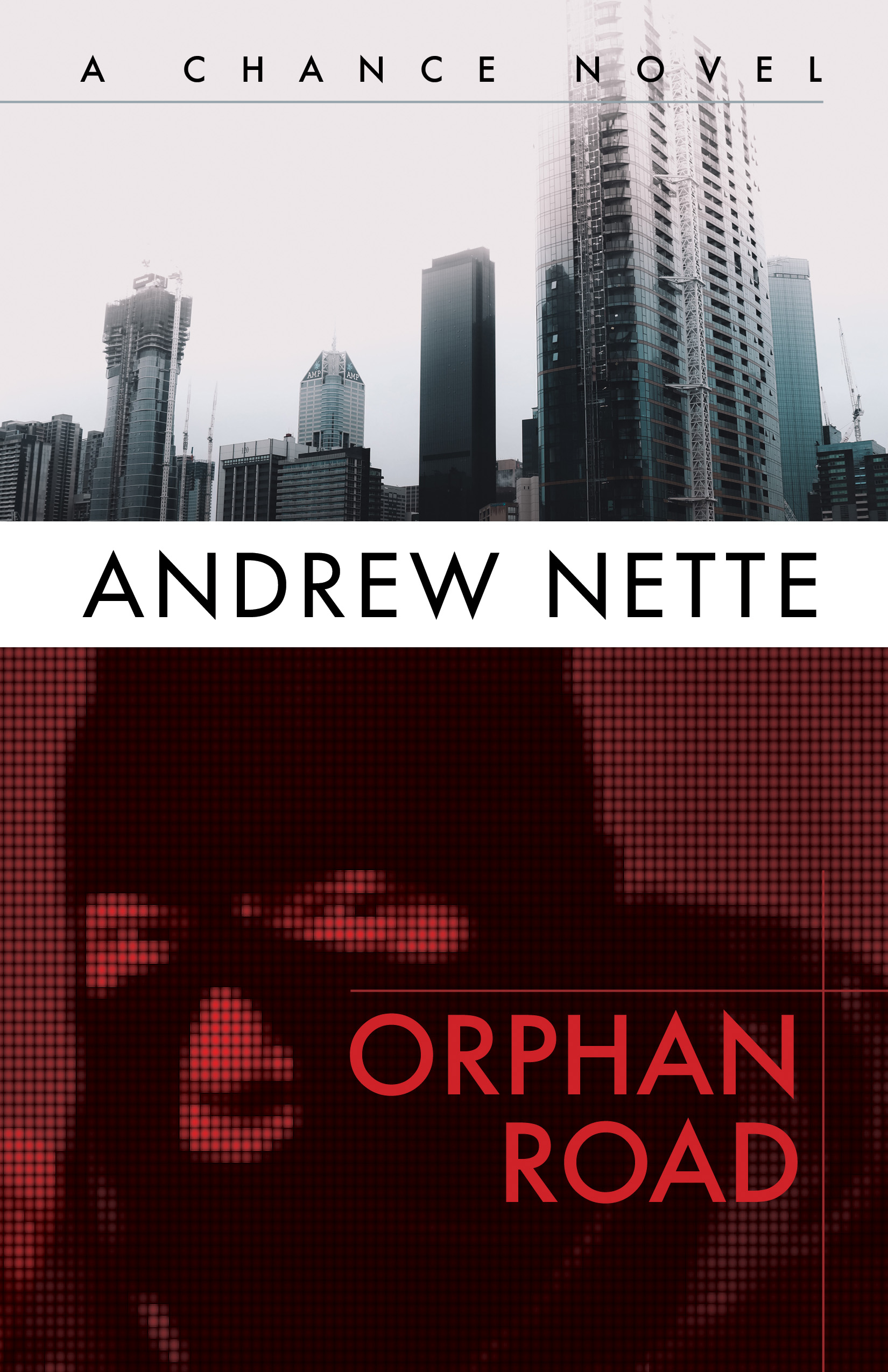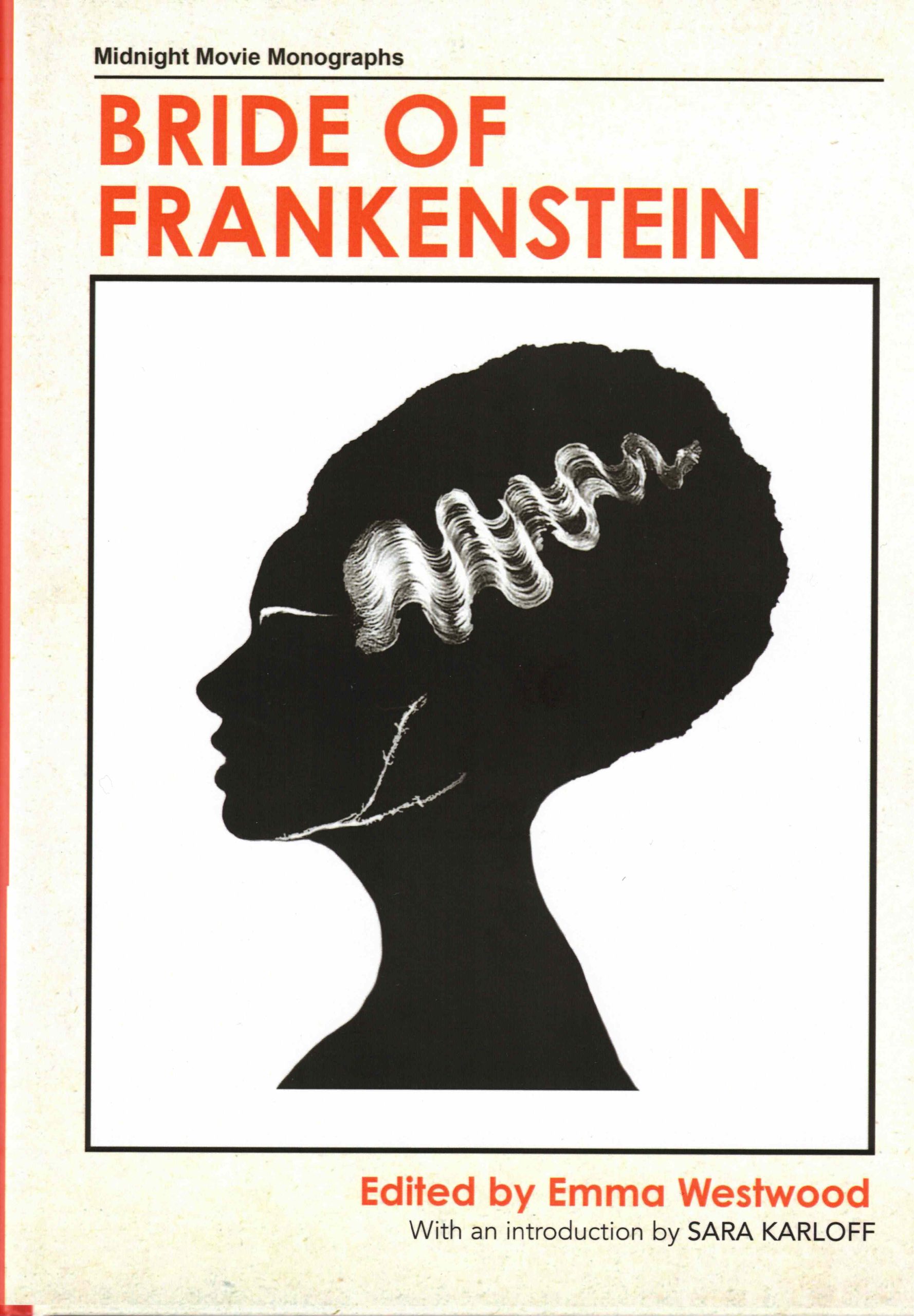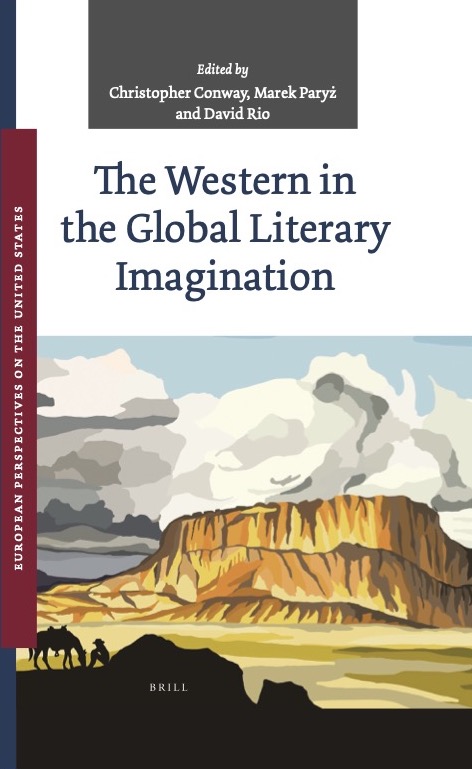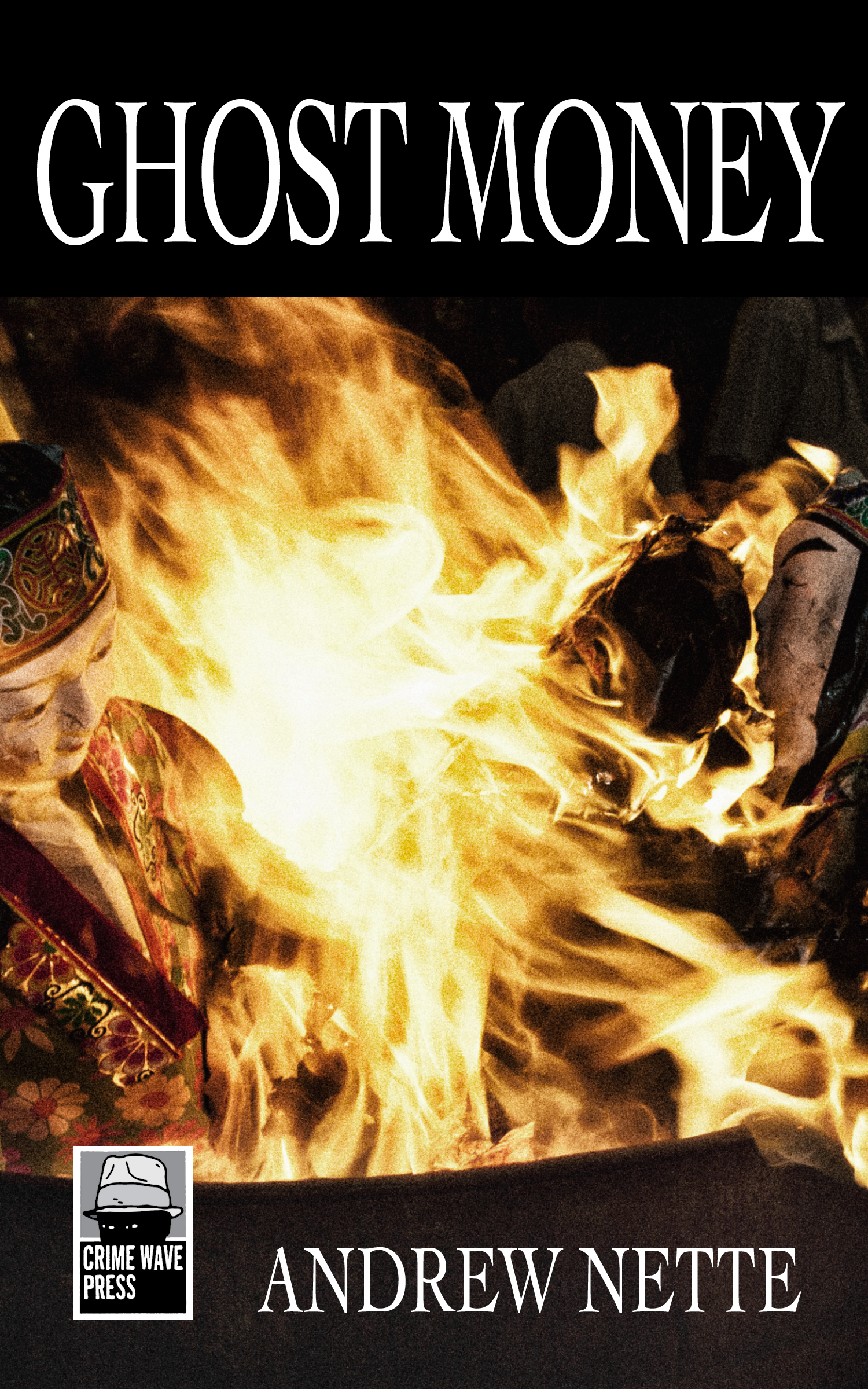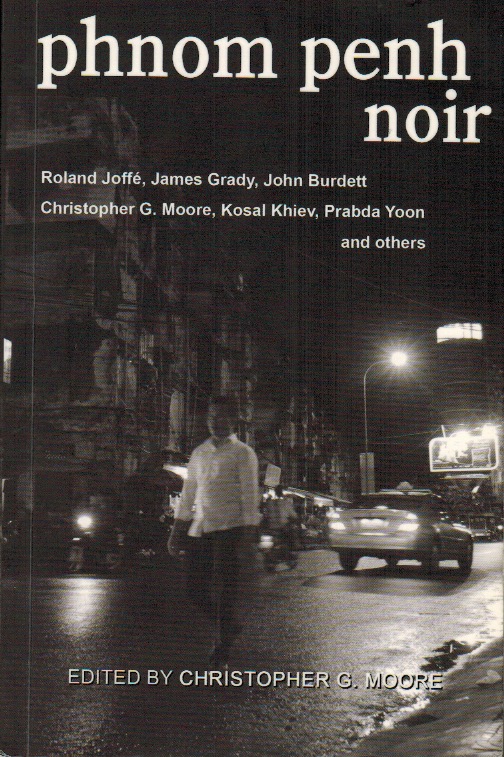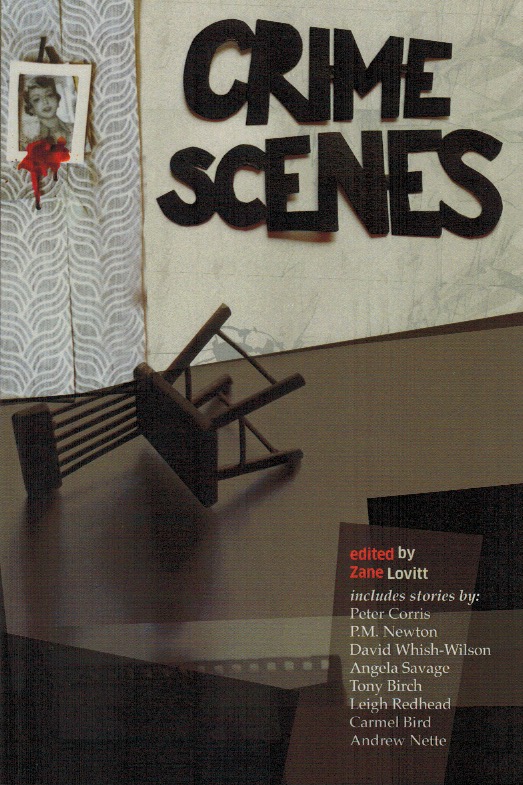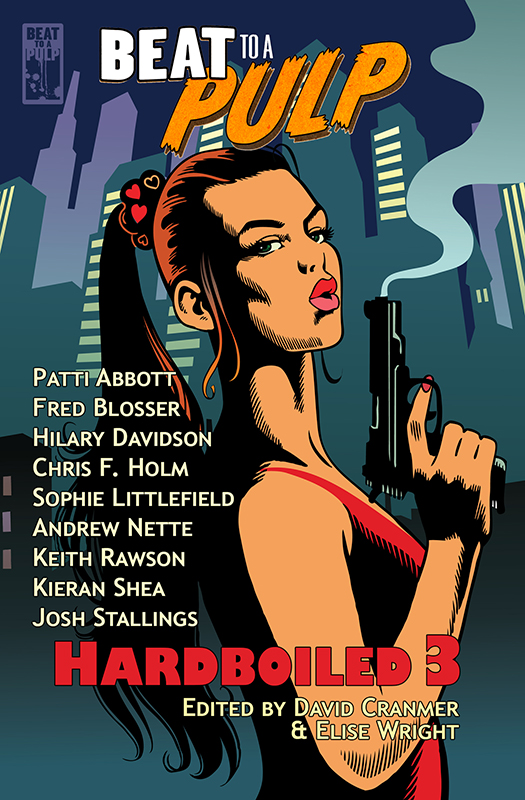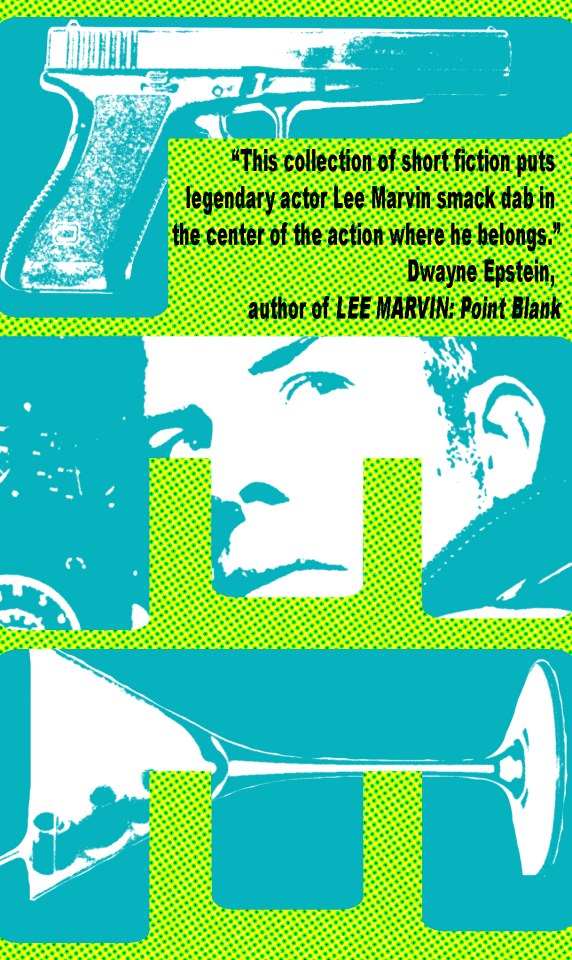Search
-
Recent Posts
- Dishing up Pulp Curry in a new way: why I am starting a Substack newsletter
- Book reviews: Deadly dames, midcentury Brit pulp and 1970s science fiction
- Mackenna’s Gold (1969): Gold, Ghosts and Frontier Violence
- Orphan Road book launch
- Orphan Road now available
- Pre-orders open for my new novel, Orphan Road
- Cover reveal: Orphan Road, my follow up to Gunshine State
- Breakfast in the Ruins podcast: New English Library Bikermania
- Why 1973 was the year Sidney Lumet took on police corruption
- Men’s Adventure Quarterly: Gang Girls issue
Categories
- 1960s American crime films
- 1970s American crime films
- 1980s American crime films
- 1990s American crime films
- Adrian McKinty
- Albert Dekker
- Andre De Toth
- Angela Savage
- Angie Dickinson
- Anthony Zerbe
- Asian noir
- Australian crime fiction
- Australian crime film
- Australian noir
- Australian popular culture
- Australian pulp fiction
- Australian television history
- Ava Gardner
- Beat culture
- Belmont Tower Books
- Ben Wheatley
- Billie Whitelaw
- Black pulp fiction
- Blaxsploitation
- Book cover design
- Book Reviews
- British crime cinema
- British pulp fiction
- Bryan Brown
- Burt Lancaster
- Carter Brown
- Charles Durning
- Charles Willeford
- Chester Himes
- Christopher G Moore
- Christopher Lee
- Cinema culture
- Claude Atkins
- Coronet Books
- Crawford Productions
- Crime Factory
- Crime Factory Publications
- Crime fiction
- Crime fiction and film from Africa
- Crime fiction and film from Cambodia
- Crime fiction and film from China
- Crime fiction and film from India
- Crime fiction and film from Indonesia
- Crime fiction and film from Japan
- Crime fiction and film from Laos
- Crime fiction and film from Latin and Central America
- Crime fiction and film from Malaysia
- Crime fiction and film from New Zealand
- Crime fiction and film from Scandinavia
- Crime fiction and film from Singapore
- Crime fiction and film from South Korea
- Crime fiction and film from Thailand
- Crime fiction and film from the Philippines
- Crime Fiction and film set in Vietnam
- Crime film
- Dangerous Visions and New Worlds Radical Science Fiction 1950 to 1985
- David Goodis
- David Peace
- David Whish-Wilson
- Derek Raymond
- Diana Dors
- Dirk Bogarde
- Don Siegel
- Don Winslow
- Donald Westlake aka Richard Stark
- Dystopian cinema
- Ernest Borgnine
- Eurocrime
- Fawcett Gold Medal Books
- Femme fatale
- Fernando Di Leo
- Filipino genre films
- Film Noir
- Forgotten Melbourne
- French cinema
- French crime fiction
- Garry Disher
- Gene Hackman
- George V Higgins
- Georges Simenon
- Ghost Money
- Giallo cinema
- Gil Brewer
- Girl Gangs, Biker Boys and Real Cool Cats: Pulp Fiction & Youth Culture, 1950-1980
- Gloria Grahame
- Gold Star Publications
- Gregory Peck
- Gunshine State
- Heist films
- Horror
- Horwitz Publications
- Humphrey Bogart
- Ian Fleming
- Interviews
- Ira Levin
- James Caan
- James Crumley
- James Ellroy
- James Hadley Chase
- James Woods
- Jim Brown
- Jim Thompson
- Joel Edgerton
- John Frankenheimer
- Joseph Losey
- Karen Black
- Kerry Greenwood
- Kinji Fukasaku
- Larry Kent
- Laura Elizabeth Woolett
- Lee Marvin
- Leigh Redhead
- Lindy Cameron
- M Emmet Walsh
- Mad Max
- Mafia
- Malla Nunn
- Martin Limon
- Megan Abbott
- Melbourne International Film Festival
- Melbourne Writers Festival
- Men's Adventure Magazines
- Michael Caine
- Michael Fassbender
- Mickey Spillane
- Monarch Books
- Ned Kelly Awards
- Neo Noir
- New English Library
- Newton Thornburg
- Noir Con
- Noir fiction
- Non-crime reviews
- Oren Moverman
- Orphan Road
- Ozsploitation
- Pan Books
- Parker
- Paul Newman
- Peter Boyle
- Peter Corris
- Peter Strickland
- Peter Yates
- Poliziotteschi
- Pulp fiction
- Pulp fiction in the 70s and 80s
- Pulp fiction set in Asia
- Pulp Friday
- Pulp paperback cover art
- Qui Xiaolong
- Raymond Chandler
- Richard Burton
- Richard Conte
- Robert Aldrich
- Robert Mitchum
- Robert Ryan
- Robert Stone
- Rock Hudson
- Roger Smith
- Rollerball
- Rosaleen Norton
- Roy Scheider
- Rural noir
- Sam Levene
- Sam Peckinpah
- Samuel Fuller
- Science fiction and fantasy
- Scripts Publications
- Sidney Lumet
- Sidney Poitier
- Simon Harvester
- Snowtown
- Snubnose Press
- Spies
- Stanley Baker
- Sterling Hayden
- Steve McQueen
- Sticking it the the Man Revolution and Counter Culture in Pulp and Popular Fiction 1950 1980
- Stuart Rosenberg
- Tandem Books
- Tart noir
- Tartan Noir
- Ted Lewis
- Toni Johnson Woods
- True crime
- Vicki Hendricks
- Victor Mature
- Vintage mug shots
- Vintage pulp paperback covers
- Wallace Stroby
- War film
- Westerns
- William Friedkin
- Woody Strode
- Yakuza films
- Yaphet Kotto
Nothing but noir
Recommended reading
The lurid world of pulp
- 20th century Danny Boy
- American Pulps
- Bear Alley
- Bloody, Spicy, Books
- Comics Down Under
- Everything second hand
- Existential Ennui
- Greenleaf Classic Books
- Irv O. Neil's Erotica is My Trade
- Killer Covers
- Lost Classics of Teen Lit 1939-1989
- Luminist Archives
- Men's Pulp Mags
- Mporcius Fiction Log
- Murder, Mayhem and Long Dogs
- Neglected Books
- Nocturnal Revelries
- Paperback Warrior
- Paperbacks of the Gods
- Pop Sensation
- Pulp artists
- Pulp Covers
- Pulp Crazy
- Pulp Flakes
- Pulp International
- Pulp Magazines Project
- Pulp Serenade
- Realms of the Night
- Romance Fiction Has a History
- Rough Edges
- Sin Street Sleaze
- Spy Guys and Gals
- The department of Afro American Research Arts & Culture
- The Dusty Bookcase
- The Haunted World of Richard Sala
- The Moon Lens
- The Nick Carter & Carter Brown Blog
- The Pulp & Paperback Fiction Reader
- Too Much Horror Fiction
- True Pulp Fiction
- Vault of Horror
- Vintage Nurse Romance Novels
- Vintage Romance Novels
- Welcome to the Pan Paperback
- Yellow and Creased
Support This Site
If you like what I do please support me on Ko-fi
Category Archives: Vintage pulp paperback covers
Australia’s other lost literary heritage
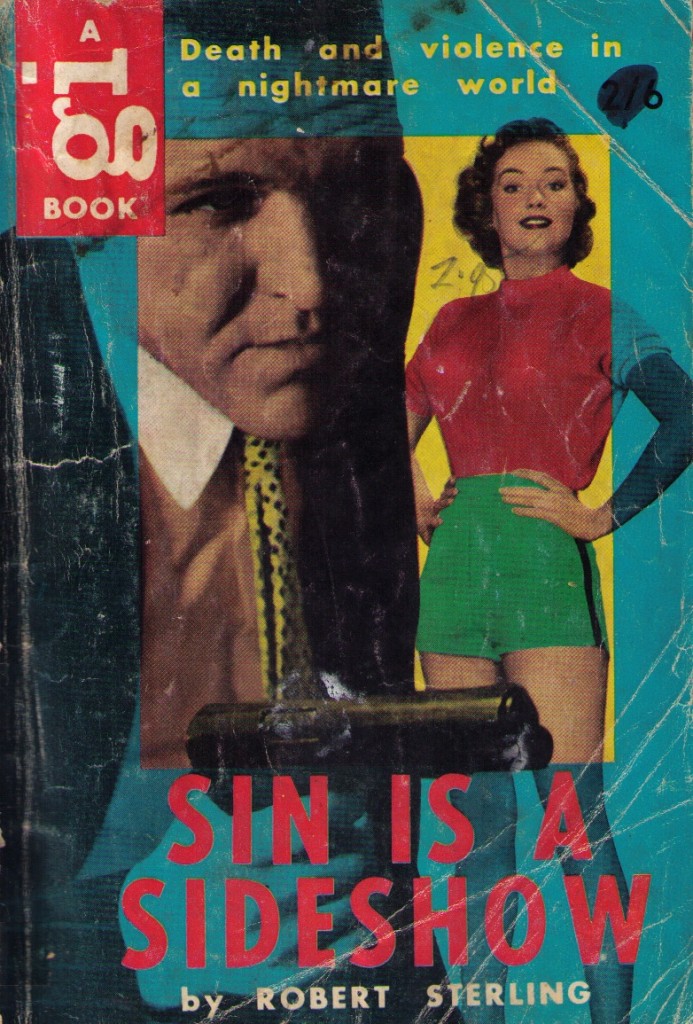 There’s been a bit of discussion in literary circles recently about whether enough is being done to maintain the public’s interest in the classics of Australian literature. To my surprise it’s a debate I’ve only been able to drum up half-hearted enthusiasm for.
There’s been a bit of discussion in literary circles recently about whether enough is being done to maintain the public’s interest in the classics of Australian literature. To my surprise it’s a debate I’ve only been able to drum up half-hearted enthusiasm for.
The catalyst was an article by Text Publisher Michael Heyward in late January, in which he criticised journalists, cultural commentators and university academics for failing to create an enduring tradition for appreciating and teaching Australian literature. He singled out universities in particular for the lack of courses about Australian writing.
Perhaps in response, the latest program put out by the Wheeler Centre includes a series of talks called Literature 101, in which contemporary writers talk about classic Australian texts.
You won’t get an argument from me about the importance of Australian literature in building our individual and collective sense of historical self. I also agree universities are failing to teach Australian literature, although I think the problem lies less in any wilful neglect on the part of academics than in the gradual privatisation of our higher education system. Persistent federal government underfunding has squeezed course diversity in favour of subjects that generate income, particularly full fee income. Australian literature is not Robinson Crusoe in this regard. Try studying ancient history or the language of a country that is not one of our major trading partners, and you’ll get the picture.… Read more
Posted in Australian crime fiction, Australian pulp fiction, Carter Brown, Horwitz Publications, Peter Corris, Peter Yates, Scripts Publications, Toni Johnson Woods, Vintage pulp paperback covers
Tagged Alan G Yates, Australian literature, Carter Brown, Gordon Clive Bleeck, Hip Pocket Sleave, John Harrison, Michael Heyward, Moneky Grip, Scripts Publications, Stag, Summer of the Seventeenth Doll, Text, The Wheeler Centre, Toni Johnson-Woods
Pulp Friday: Opium Flower by Dan Cushman
“They were out to hook the whole world with the filthy stuff – Ryan had to stop them even if it meant losing the most luscious play-mate in the Orient.”
There’s pulp covers and then there’s pulp covers and I reckon this one is a beauty.
It perfectly combines two of my main obsessions, sixties pulp paperback art and crime fiction set in Asia, in this case Laos.
Opium Flower was published by Bantam Books in 1963. Author, Dan Cushman, was a regular pulp writer for US outfits such as Bantam and Gold Medal, where he penned tough guy pulp stories. Many of them, including Jewel of the Java Sea (1951) and Port Orient (1955) were set in Asia.
The back cover blurb for Opium Flower is great:
“Opium. Somehow it was getting back to the State. From Harlem to Venice City, the hopheads were practically floating in it. Ryan was the only man who could stop the flow at its deadly source – Laos.
All he had to do was become the second son to the biggest opium dealer in the world, endure the most insidious tortures ever devised by man and fight his way out of the dirtiest double-cross ever invented.
If he survived, it was worth every excruciating minute.… Read more
Pulp Friday: Danger Circuit
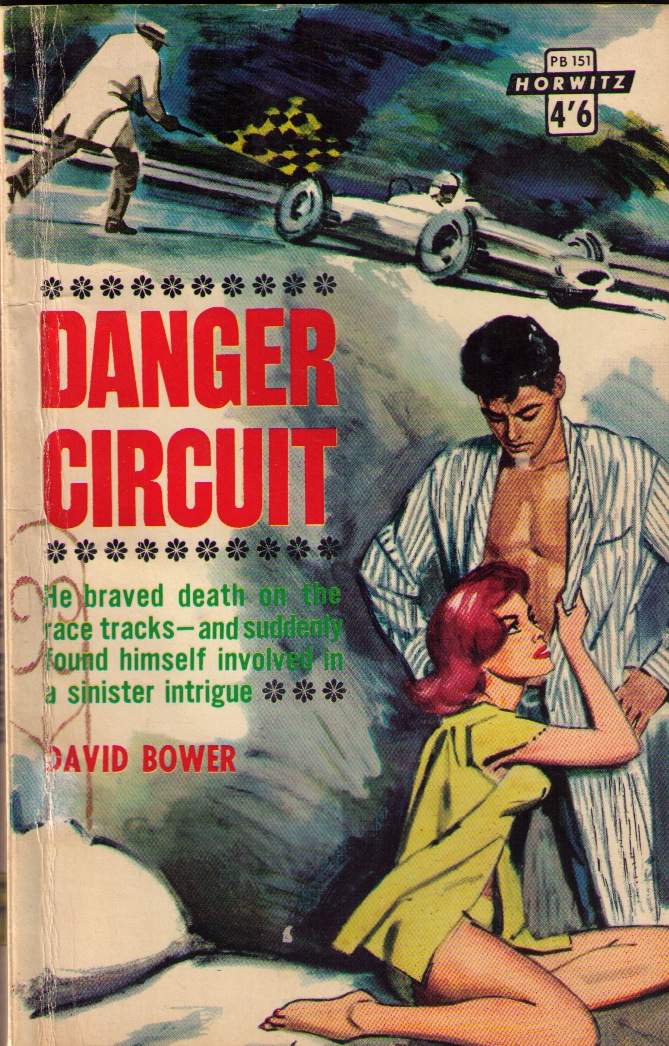 “He braved death on the race tracks – and suddenly found himself involved in a sinister intrigue.”
“He braved death on the race tracks – and suddenly found himself involved in a sinister intrigue.”
Welcome to the first Pulp Friday for 2012. I will be trying to make this a regular feature on my blog but due to other commitments, particularly other writing commitments, I can’t promise I’ll make it every Friday.
Today’s post is a classic piece of Aussie pulp, Danger Circuit by David Bower.
Released by Australia’s premier pulp publisher, Horwitz, in 1963, it’s the story of Phoenix Palmer, a career racing car driver. He gets invited to race in the famed Indianopolis and ends up ensared in a web of intrigue and murder.
The back blurb is short and to the point.
“Tough racing driver Phoenix Palmer met the beautiful blonde at the same time as he accepted the offer to drive the streamlined new Aquila.
But the thrill of excitement soon changed to chilling horror, as he realised too late that he’d been ensnared in a ruthless intrigue….”
Enjoy.… Read more
Pulp Friday: The pulp of Simon Harvester
“One of his companions had sworn to betray him. But how and when.”
The last Pulp Friday for 2011 features the work of Simon Harvester, a British pulp writer best known for the character of Dorian Silk. Silk was a globe trotting Brtish spy with an unlimited ability to speak languages and understand local customs and a fairly obvious attempt by the author to cash in on the James Bond craze of the sixties and early seventies.
Harvester also wrote pulp fiction featuring other characters, most set in Asia, of which the two books in this post are both examples.
Published in 1969, The Chinese Hammer concerns another spy, Heron Murmer. A British forey into the space race results in a missing rocket, pilot and tape with valuable data. Murmer is sent to the Himalayas to retrive it only to discover that there is a traitor amongst the colourful group assembled for the mission. Is it the half caset reporter? Maybe the native guide, Jimmy?
Dragon Road, features Harvester’s other creation, Malcolm Kent, a former British soldier, now engineer, who makes a habit of getting tangled up in international intrigue in the Far East.
How many modern day spy books do you see with an engineer as the main character?… Read more
Pulp Friday: Ricki Francis, Nero
“The frank, revealing story of a male prostitute.”
By far the best home-grown Australian pulp produced in the sixties and seventies came from a little known publishing house called Scripts Publications.
I’ve long wondered about the nature of this low rent operation and their bizarre roster of pulp paperbacks.
The mystery has now been solved thanks to John Harrison’s marvellous history of vintage adult paperbacks, Hip Pocket Sleaze. According to Harrison, Scripts was the in-print Horwitz used for is racier pulp titles. Key themes included crime, bikies, black magic, Japanese prison camp exploitation, and a voyeuristic fascination with the exploits of drug users and sex workers in Kings Cross, Sydney’s notorious red light district.
According to Hip Pocket Sleaze, “a total of sixteen paperback titled [were] published per month at the height of their popularity in the mid to late 1960s, with each title having an initial print run of 20,000 copies.”
For these titles Horwitz mostly used most cheap photographs for covers, something which gives the books a wonderful fly on the wall expose feeling.
Today’s Pulp Friday offering is a classic example, Rick Francis’s, Nero, published in 1971.
I don’t know who Rick Francis is, if indeed that’s his real name. But, if the other titles listed at the beginning of Nero are anything to go by, he did a damn fine line in paperback sleaze – The Butch Girls, The Sex Life of a Model, Innocents Behind Bars and The Bikies.… Read more


